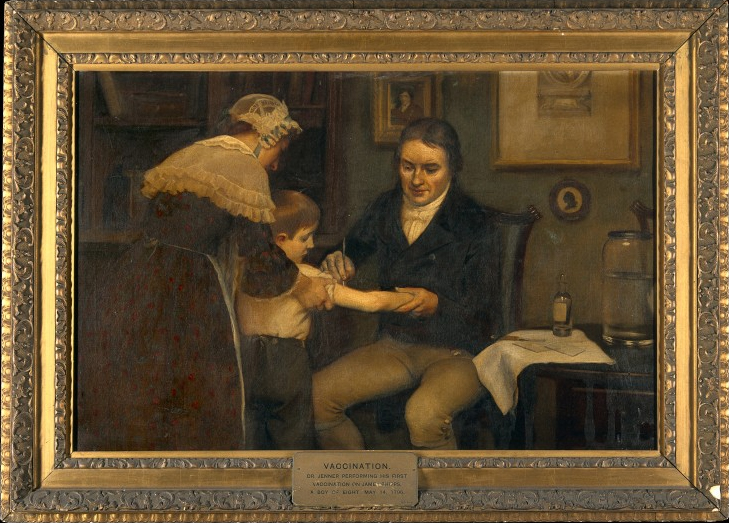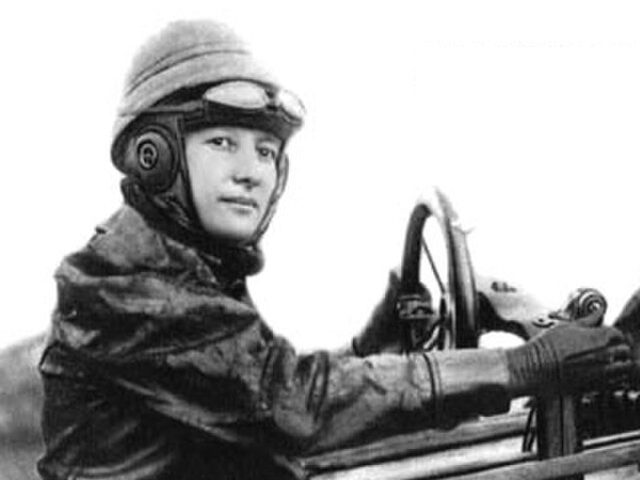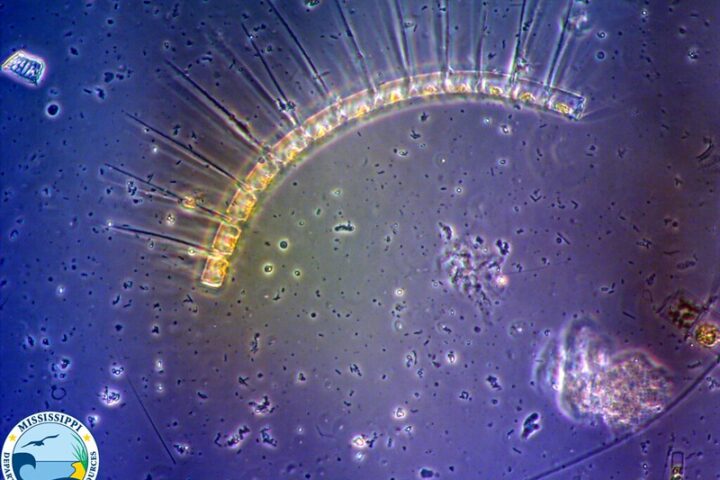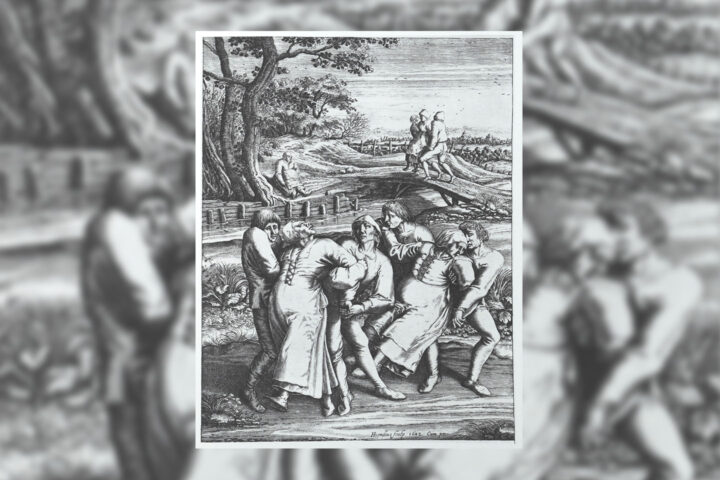Source: Wikimedia-Jenner_phipps_By Ernest Board -images_wellcome_Public Domain
Introduction
In the annals of medical history, few names are as synonymous with groundbreaking discoveries as Edward Jenner. Behind his pioneering work, though, was a courageous young boy, James Phipps, whose willingness to participate in a daring experiment forever changed the course of human health. In this article, we will narrate the life and contributions of James Phipps with regard to his use as a test subject for the invention of the smallpox vaccine and what consequences such an innovation had upon world health.
The Plagues of Yore: Smallpox and Its Toll
Before the creation of the smallpox vaccine, this was a very destructive disease that sent terror through civilizations for many centuries. The rash that is typical of smallpox, with its pustules, can be contagious and often fatal. Variola virus spread quickly through populations of humans, leaving behind them vast amounts of suffering and death.
Smallpox had long been regarded, almost philosophically, as one of the inevitabilities of life. The practice of inoculation, or inducing immunity by exposing children to material from smallpox pustules, was rather risky and carried the possibility of giving the full-blown disease. The need to find a safer, more effective method of preventing smallpox became one of medicine’s most pressing challenges.
Edward Jenner: Pioneer of Vaccination
The British physician Edward Jenner was intrigued by the now well-documented observation that milkmaids who had contracted the relatively mild disease of cowpox were immune to the more serious disease of smallpox. Based on this observation, Jenner hypothesized that exposure to cowpox could be used as a means of inducing immunity to smallpox in humans.
In 1796, Jenner did his experiment. He took some of the material from a sore caused by cowpox and inoculated a young boy, James Phipps, with the material and then exposed him to smallpox. Fortunately for the boy, he did not develop the disease, and the vaccine was shown to work. Jenner published the results in a paper in 1798 entitled “An Inquiry into the Causes and Effects of the Variolae Vaccinae.”
James Phipps: A Gallant Volunteer
James Phipps was a nine-year-old healthy boy when he became the subject of Jenner’s experiment. His acceptance of a new, perhaps dangerous procedure was a kind of bravery and belief in Jenner’s medical abilities. By accepting vaccination with cowpox and, subsequently, an exposure to smallpox, Phipps helped confirm Jenner’s hypothesis and open the way for a general application of the smallpox vaccine.
The Impact of the Smallpox Vaccine
The smallpox vaccine, developed by Jenner and refined through generations of scientists, became a potent weapon against the disease. With mass vaccination programs, smallpox was slowly but surely eradicated from human populations throughout the world. The eradication of smallpox is the great triumph of public health that testifies to the potential of vaccines in the prevention and complete elimination of infectious diseases.
The Legacy of James Phipps
The contribution of James Phipps to the eradication of smallpox is a sign of how scientific inquiry functions in relation to courage. His willingness to take part in Jenner’s experiment helped to further our knowledge on immunity and disease prevention. Though his name may not echo as strongly as that of Jenner, his legacy lives in the innumerable lives that the smallpox vaccine has saved. Eradication Campaign
The creation of the smallpox vaccine marked one of the most critical junctures in human history related to infectious diseases. The true power of the vaccine became apparent only after the subsequent global campaign by WHO to eradicate the disease, which had taken the shape of an ambitious mass vaccination program across different countries in the world.
The campaign met various challenges, such as logistical ones in reaching the most inaccessible populations, problems of vaccine shortages, and even resistance from conservative segments of some societies. Those obstacles did not deter the WHO and its partners from seeking innovative measures and marshaling international support.
The Final Push: Eradication Achieved
By the late 1970s, much of the world had been cleared of smallpox. The last reported cases were in Somalia in 1975 and Ethiopia in 1977. In 1980, the WHO declared that smallpox had been eradicated-an unprecedented accomplishment in history, which marked a turning point in the fight against infectious disease.
The eradication of smallpox has been a testimony to the strength of collaboration among nations and the effectiveness of public health intervention. It shows that where concerted effort, coupled with appropriate tools, is applied, it would be rather well possible to eliminate even some of the most debilitating diseases.
Beyond Smallpox: The Legacy Continues with Vaccination
Its success has had a profound impact on global public health because of the smallpox eradication campaign. Indeed, this campaign has acted as a model for many other vaccination programs and encourages efforts toward the control and elimination of other infectious diseases such as polio, measles, and rubella.
It has also underscored the role of investment in public health infrastructure and well-structured health systems in eradicating smallpox. Stronger health care systems, with better access to essential services, allow countries to strive for better readiness and response to health crises.
Challenges in Sustaining the Eradication Process
While smallpox has been eradicated, there is a potential risk of emergence into the population either from an accidentally released virus from a laboratory or from the emergence of a new virus with similar characteristics. For this not to happen, there needs to be implementation of surveillance systems alongside readiness to act promptly in response to outbreaks.
Also, since the success of the smallpox eradication campaign, there has been a decline in public awareness and a growing complacency about vaccination. Public education on the benefits of vaccination versus the risks of vaccine-preventable diseases is important.
The Future of Vaccination: A Global Imperative
The eradication of smallpox, without a doubt, remains one of the most forceful illustrations of the impact vaccination could make in the health of a population. This will be of paramount importance in the protection of populations against new and emerging infectious diseases and preventing their epidemics.
But vaccination success depends upon several variables: adequate funding, equity, and social trust. Vaccination should be a priority concern of governments and international organizations as part of their foremost public health strategies.
Conclusion
James Phipps and the smallpox vaccine serve to illustrate the power of human ingenuity and the importance of scientific discovery. It was the courage of Phipps and the pioneering work of Jenner that ushered in a vaccine that saves millions of human lives. Eradication of smallpox became a landmark event in demonstrating the potential for public health intervention to improve the lives of people throughout the world. And so, as we go forth to meet new challenges in infectious diseases, the legacy of James Phipps and the smallpox vaccine gives way to hope and inspiration.
Sources:
- https://www.nlm.nih.gov/exhibition/smallpox/sp_vaccination.html#:~:text=Recognizing%20that%20dairymaids%20infected%20with,which%20Phipps%20failed%20to%20contract
- https://www.ncbi.nlm.nih.gov/pmc/articles/PMC1200696/
- https://en.wikipedia.org/wiki/James_Phipps
- https://www.cdc.gov/smallpox/history/history.html















